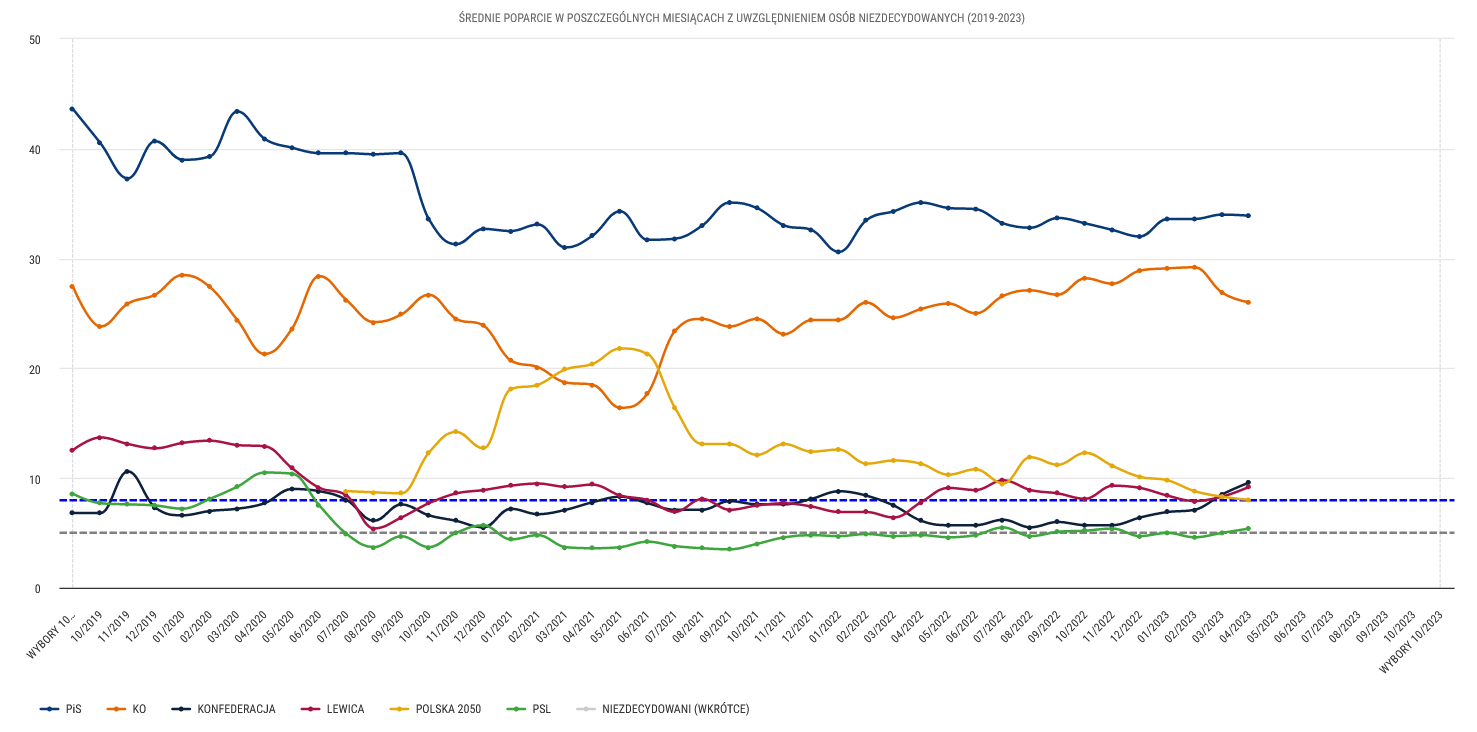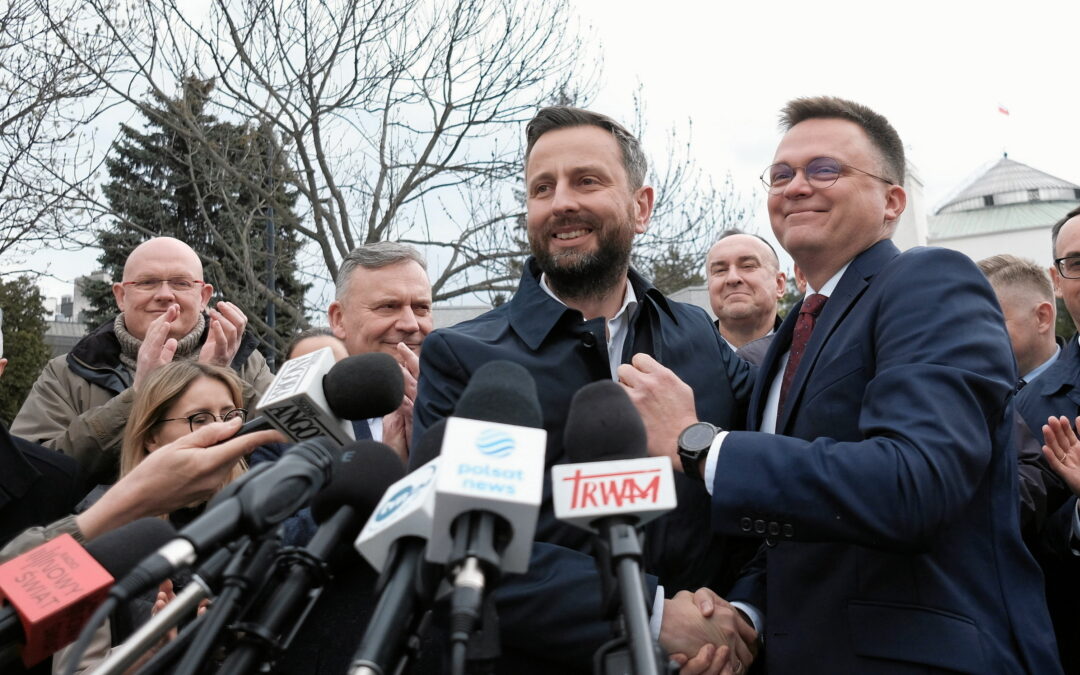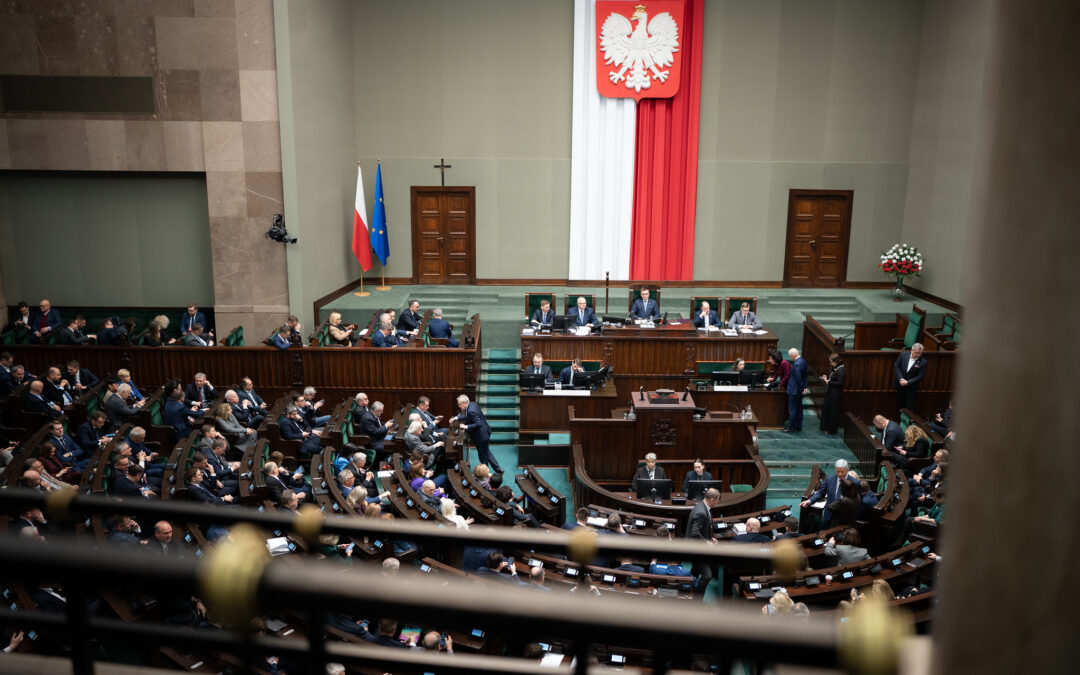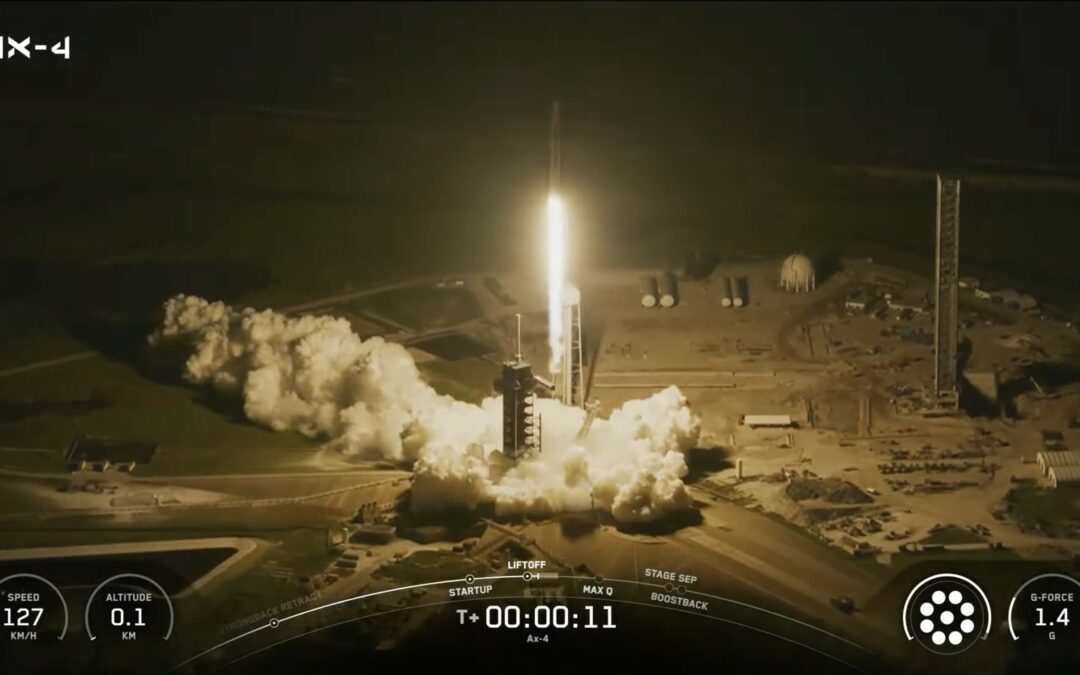Two of Poland’s main opposition parties – the agrarian, centre-right Polish People’s Party (PSL) and the centrist Poland 2050 (Polska 2050) – have announced that they will stand jointly at this autumn’s parliamentary elections.
The decision will help both groups ensure that they do not fall below the 5% vote threshold required to enter parliament. It also appears to end the slim remaining chance that all opposition parties could unite in a single coalition ahead of the elections. However, they may still attempt to form a government together afterwards.
It now appears that the ruling national-conservative Law and Justice (PiS) grouping will be challenged by the centrist Civic Coalition (PO), The Left (Lewica), the new PSL-Poland 2050 alliance, and the far-right Confederation.
Wybraliśmy trzecią drogę, politykę budowaną na wartościach i pozytywnej propozycji na przyszłość.
Nasza droga wyrasta z oddolnej aktywności społecznej.
Mówimy NIE starej polityce i dolewaniu nienawiści do debaty publicznej. #TrzeciaDrogaWspólnaDroga pic.twitter.com/cO8RlxKNlD
— Szymon Hołownia (@szymon_holownia) April 27, 2023
An alliance between PSL and Poland 2050 has long been mooted. In March, the parties’ leaders – Władysław Kosiniak-Kamysz and Szymon Hołownia – jointly presented a list of six policies they would want to be introduced if the opposition wins power in the autumn.
Since then, the two groups have remained locked in talks over a more formal arrangement, and those came to a conclusion today with the announcement of a coalition agreement.
The document includes their previously agreed policies, such as organising a referendum to decide the abortion law, simplifying taxes, accelerating Poland’s green transformation, and improving pay for public sector workers.
If the opposition wins this year's elections it should call a referendum on the abortion law, say two parties that are likely to be part of any such government
The issue should be decided by the public not "politicians or bishops", say Poland 2050 and PSL https://t.co/xTP6q6W7TJ
— Notes from Poland 🇵🇱 (@notesfrompoland) March 3, 2023
“We decided that this is the moment when we need to embark on a common path and build something that many voters have been waiting for,” said Hołownia, a former TV presenter who entered politics in 2019 as a candidate for the presidency, finishing third in the election. He then formed Poland 2050.
“We have a plan for Poland – better, honest, enterprising,” added Kosiniak-Kamysz, whose PSL traces its history back to the 19th century and was previously often known in English as the Polish Peasants’ Party. Since 1989, it has served as a junior partner in a variety of coalition governments.
Despite PSL’s history, Hołownia today argued that his alliance with the agrarians “is a direct continuation of the path that I started in 2019 that clearly says ‘no’ to the old politics”. He claimed that their coalition can offer Poles a “third way”.
In an exclusive interview, independent presidential candidate @szymon_holownia talks with us about his political profile and experience, climate policy, foreign affairs, defence, the church, 500+, and LGBT rights https://t.co/dsn5k86yrz
— Notes from Poland 🇵🇱 (@notesfrompoland) June 20, 2020
“This third way is the choice of a greater good, not a lesser evil,” added Kosiniak-Kamysz. “It is an alternative to a Poland torn in half.” He also appealed to other opposition parties, saying that they must still work together to remove PiS from power.
“We are fighting for a common cause; the paths to victory may be different, but then a joint government must be created,” he said.
Donald Tusk, the leader of KO who has long sought a single united opposition, tweeted to wish PSL and Poland 2050 good luck. “Now everyone is moving forward. We are united by one goal: victory,” he wrote.
PSL+Polska 2050 – powodzenia! Teraz wszyscy naprzód. Łączy nas jeden cel: zwycięstwo.
— Donald Tusk (@donaldtusk) April 27, 2023
Under Poland’s electoral rules, whereas individual parties must win at least 5% of the national vote in order to enter parliament, coalitions must reach 8%. Currently, Poland 2050 is polling around 7-8%, although that support has been on a downward trend. PSL is hovering around 5%.
Despite those figures, Kosiniak-Kamysz claimed today that their coalition “can count on support of around 15% to begin with”. Hołownia said he would now like to see that increase to 20%.
Earlier this year, Poland’s main left-wing groups agreed to continue their cooperation in this year’s elections. They are polling around 8-9%. The far-right Confederation has recently risen rapidly in the polls to become the third most popular group, with 10% support, which could make it a kingmaker.
PiS, with around 34%, remains the most popular single party. However, that share of the vote would probably not be enough to win it a majority in parliament. That could open the way for an opposition coalition to take power, led by KO, which is polling around 26%.

Main image credit: Slawomir Kaminski / Agencja Wyborcza.pl

Daniel Tilles is editor-in-chief of Notes from Poland. He has written on Polish affairs for a wide range of publications, including Foreign Policy, POLITICO Europe, EUobserver and Dziennik Gazeta Prawna.




















